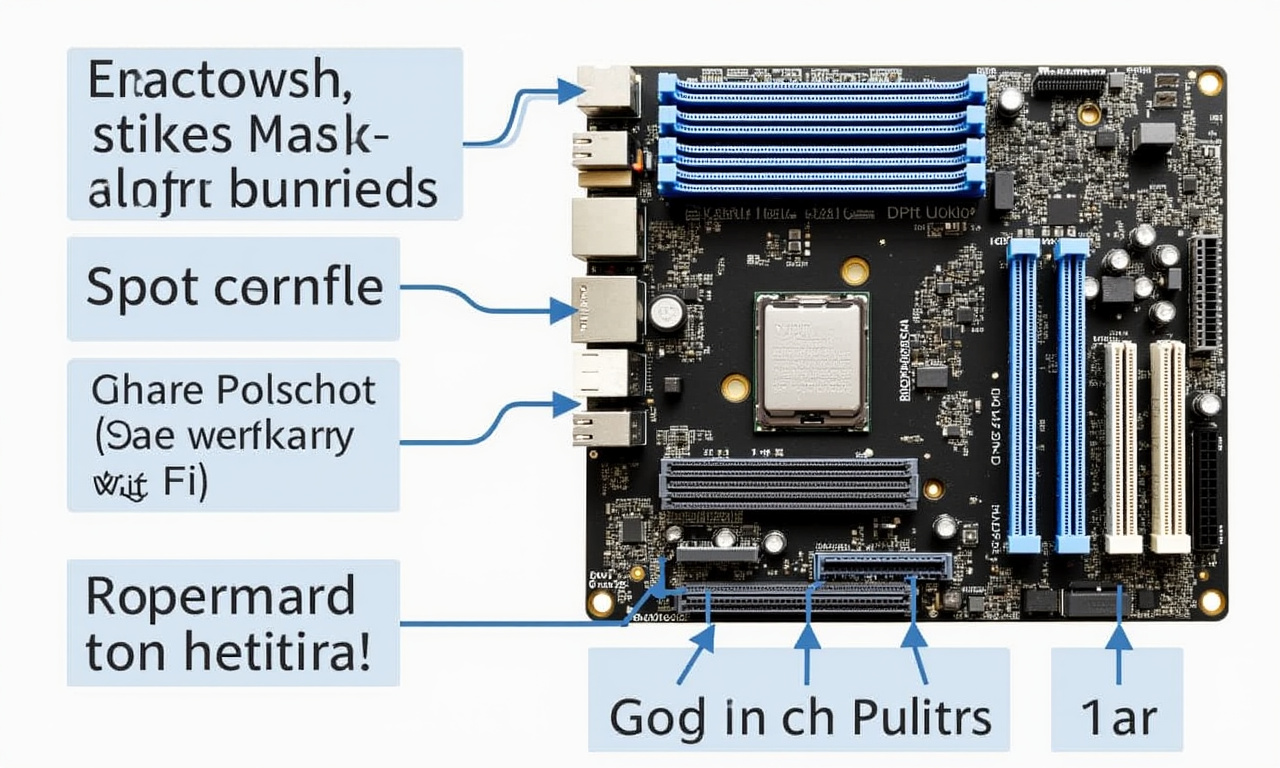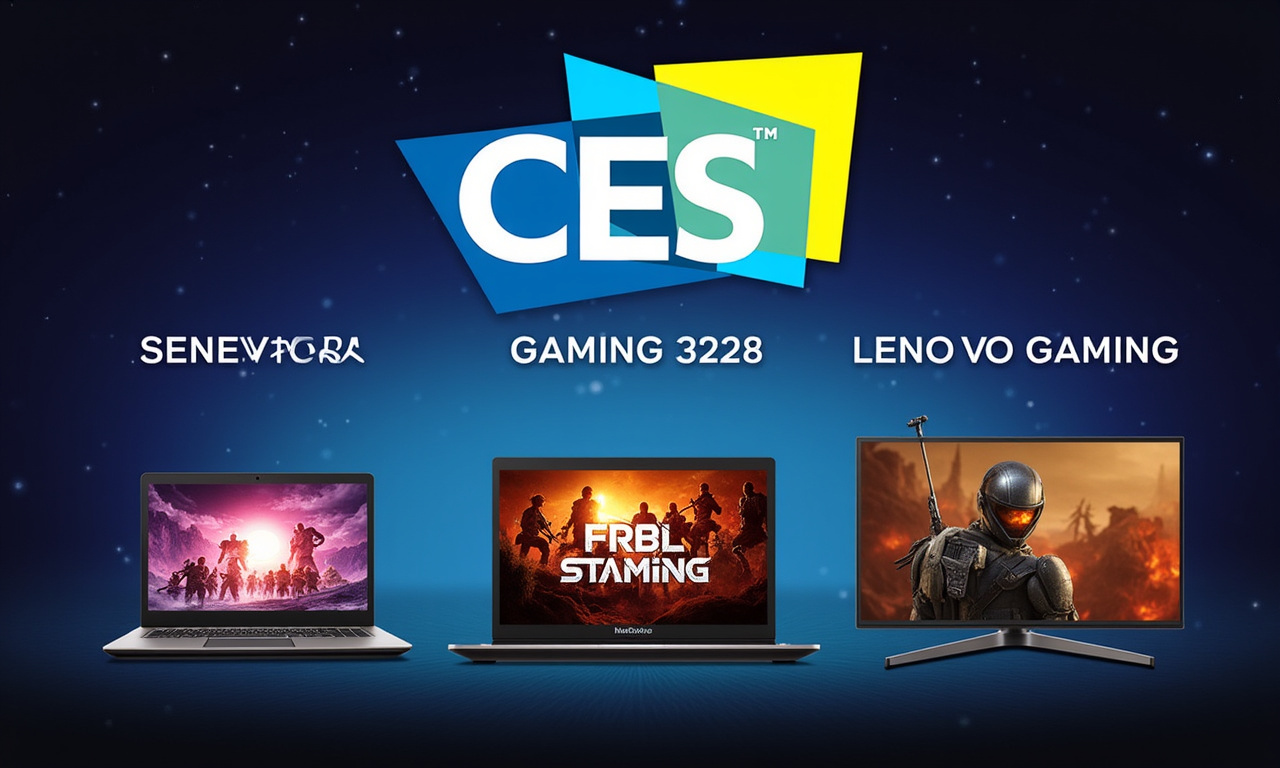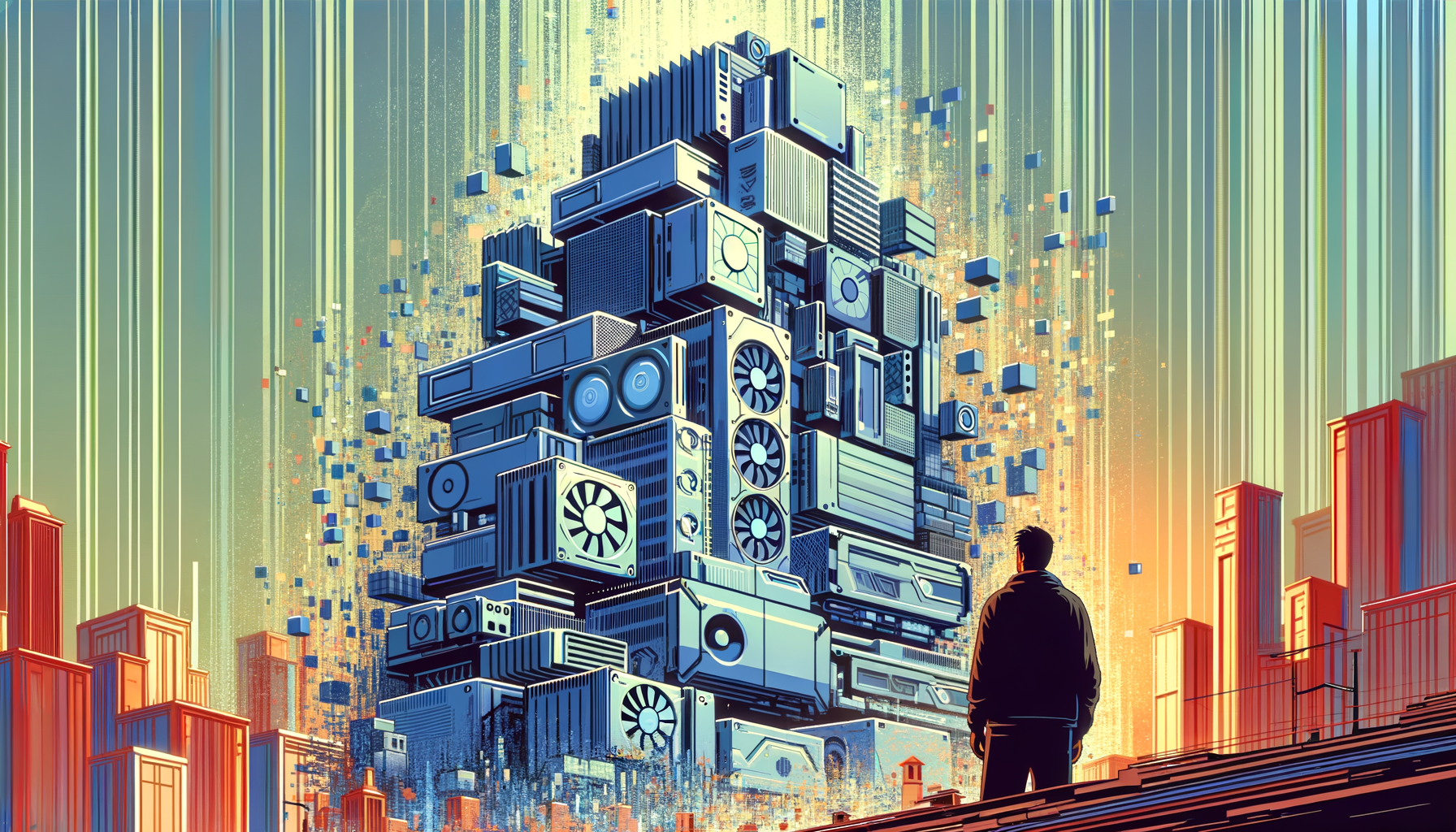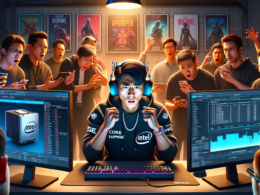Rising Costs and Their Impact
In recent years, the gaming landscape has been transformed by a surge in graphics card prices, creating a significant financial hurdle for PC gamers. As gaming technology continues to evolve, the need for stronger hardware becomes imperative, placing pressure on enthusiasts to upgrade their systems. However, the current pricing trends for GPUs are making this increasingly difficult for many.
Historical Perspective and Current Trends
Historically, the price of high-performance graphics cards has seen a steady rise. In the late 1990s, the cost of a top-tier card like the Nvidia Riva TNT2 was around $200, approximately $390 when adjusted for inflation. Fast forward to today, the Nvidia RTX 5090 is priced at an eye-watering $2,500. Even considering inflation, this represents a substantial price increase compared to past generations. More affordable options like the Nvidia RTX 5080 still soar above $1,300, often far beyond the means of average consumers.
A significant contributor to this trend was the cryptocurrency mining boom, which began around 2017. Ethereum and other cryptocurrencies saw a massive surge in value, driving demand for powerful GPUs capable of mining these currencies. This demand coincided with manufacturing challenges, including DRAM shortages and logistical disruptions during the COVID-19 pandemic, further exacerbating the situation.
Market Outlook and Potential Solutions
Despite the high costs, demand for GPUs remains robust. Both Nvidia and AMD continue to report strong sales, suggesting that the market is healthy enough to sustain these elevated prices. However, this market dynamism may be contributing to an increasing exclusivity within PC gaming, limiting access for those unable or unwilling to invest heavily in hardware upgrades.
From a technological standpoint, these price increases are alarming. Higher GPU costs mean that modern gaming PCs are becoming a luxury, which could alienate new players or those reluctant to invest significantly in their hobby. The ripple effect continues to impact game development, where increasing hardware requirements restrict the audience capable of enjoying new titles. In contrast, indie developers who create less demanding games may find a larger audience, as gamers seek alternatives that do not require cutting-edge hardware.
Moving Forward: The Role of Innovation and Advocacy
The solution to this predicament may lie in greater innovation in both hardware and game development. Strategies like optimizing games for older architectures and encouraging more competitive pricing among GPU manufacturers might help alleviate some pressure on consumers.
For now, though, it’s clear that rising GPU costs present a significant barrier to entry for PC gaming. Conversations around fair pricing, efficient hardware, and strategic game development will be crucial as the industry continues to evolve. It’s time to consider how these changes can be managed to safeguard the future of gaming as an accessible pastime.









